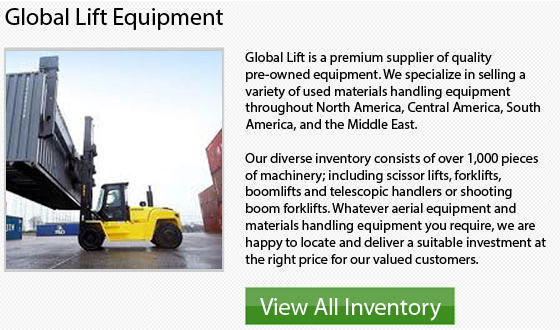
Lift Truck Basics
There is a wide array of configurations and options available for the modern lift trucks or forklifts today. These options far exceed weight capacity and lift height. Be sure you do some homework before making a purchase for your company to be able to pick the best vehicles for your application. These practices would result in optimal utilization of your space and labor while ensuring a high safety factor.
Prior to choosing the right vehicle and making a decision for your operation you must have a complete understanding of the properties of the materials or loads you will be handling. Additionally, it is really important to understand the storage methods you will use to be able to store these items. As well, it is also vital to understand the methods you will need for shipping and receiving these items. After this is complete, it is a great idea to familiarize yourself with the array of available vehicles and options .
Fuel Types
The electric vehicles are designed for indoor application only, providing quiet operation with no gas fumes. If you intend to mostly use your vehicles indoors than this is certainly the most ideal choice. In multi-shift operations, you would need additional transfer and charging stations and batteries.
If the lift truck is not utilized 100% of the time or is in single shift operations, you will be able to charge the forklift during its off-duty hours. Take note that lift truck chargers and batteries are usually priced separately from the lift truck itself.
There are AC or alternating current motors as well. These motors are offered by numerous lift truck manufacturers. Usually, AC powered lift trucks run off of DC batteries and convert the DC power back to AC in order to power the motor.
There are several advantages of AC motors. Several of the main factors include that these motors provide higher efficiency overall, lower maintenance costs and faster acceleration.